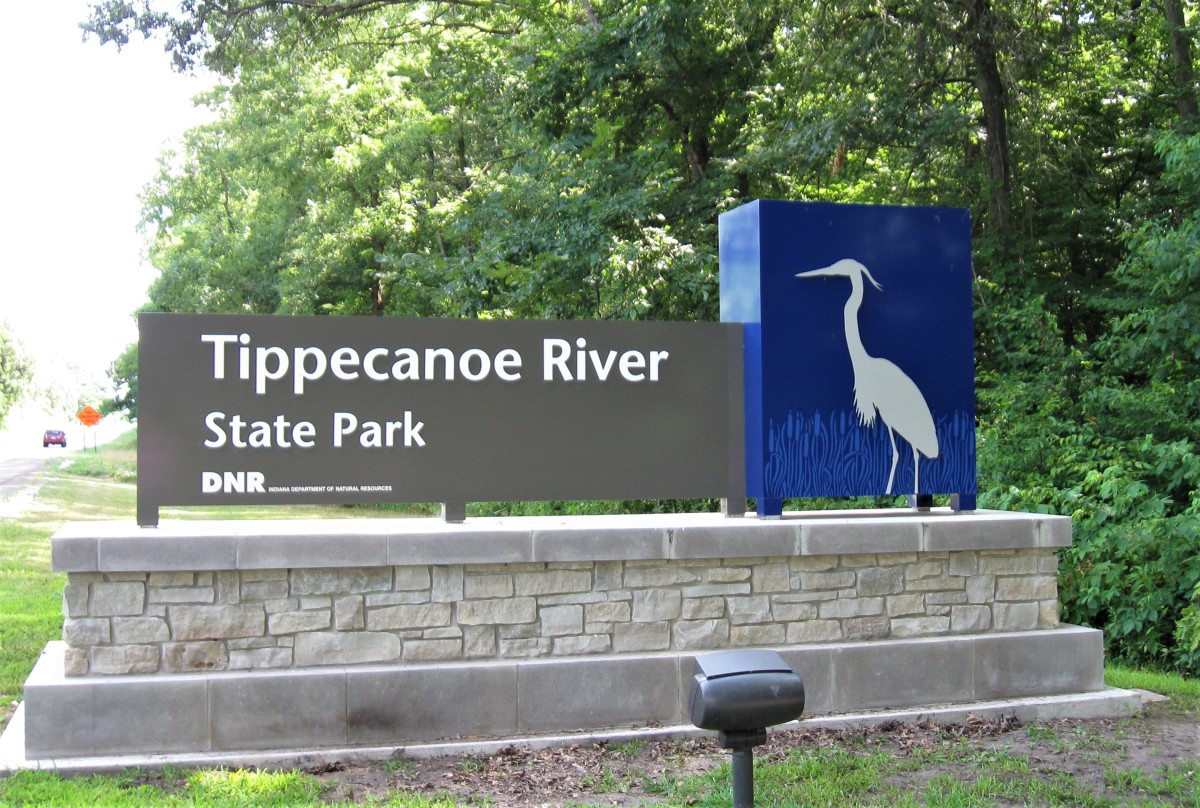Brazos Bend State Park, a Sanctuary in Southeast Texas
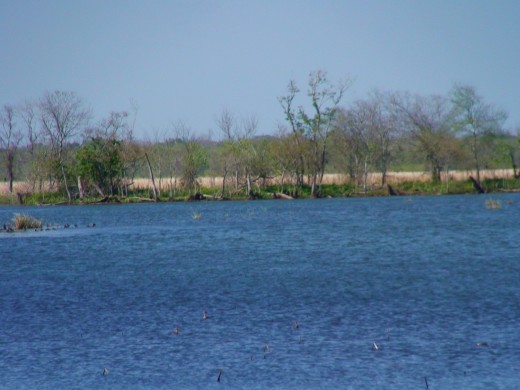
By Joan Whetzel
A hawk glides lazily overhead, gentle breezes rustle through the leaves. The pungent odor of decaying leaves wafts up from the forest floor along one of the hiking trails. Imagine a summer picnic with all the shade you could want, hiking or biking on well maintained trails, or camping and fishing year round. The songs of crickets and frogs lulls campers to sleep at night. Brazos Bend State Park, 28 miles South of Houston, Texas offers all of these and more to anyone looking to escape the pressures of civilization for a day trip or a camping trip.
History
Brazos Bend started out as a land grant from the Mexican Government. Stephen F. Austin secured the land grant and divvied it up among the 300 people who were willing to live in an rough, uncultivated area. A portion of this original land grant, 4,857 acres along the Brazos River, was granted to Abner Harris and William Barrett in 1827. Over time, the land changed hands a few times, with the Herman Hale family being the last private owners. The Hales used the land for fishing, hunting and cattle ranching, allowing most of the property to revert back to its natural state. In 1972. The Hales sold the nearly 5,000 acres to the State of Texas. Texas has turned the area into a wildlife refuge due to its prime location along a major bird migration route. With some planning and a bit of road construction, and the addition of camp sites, hike and bike trails and picnic areas for visitors, Brazos Bend State Park was finally opened to the public in 1984.
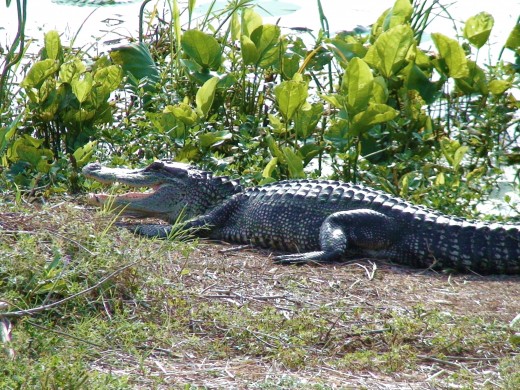
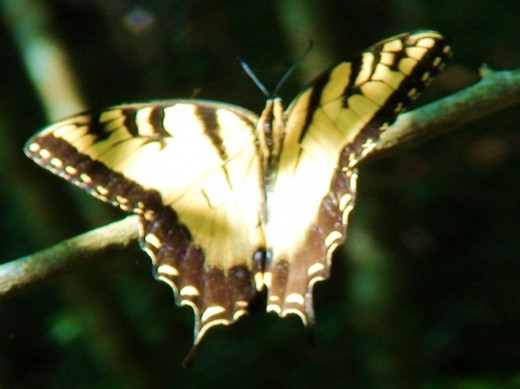
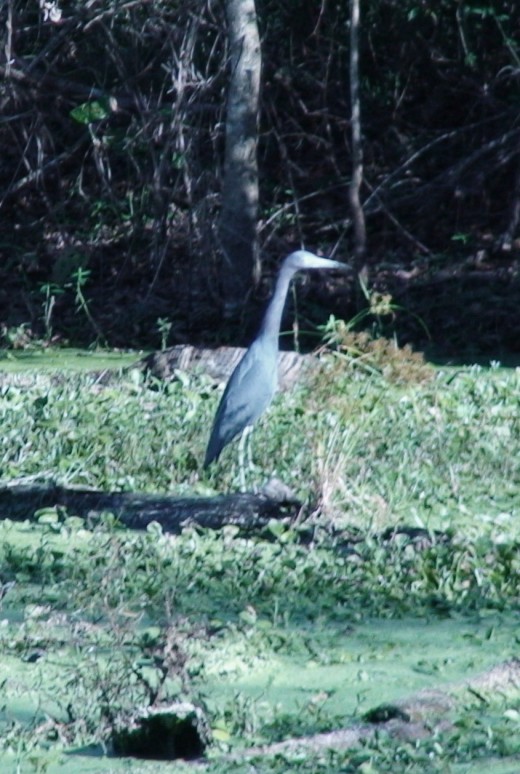
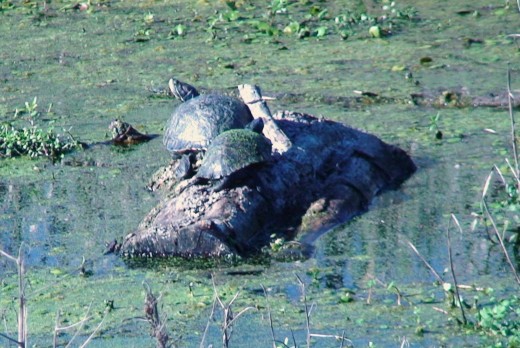
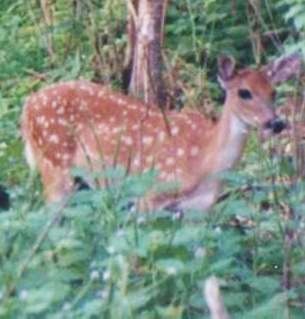
Plants and Animals
Brazos Bend is located along the central North American bird migration route, which ensures an influx of non-native birds every spring and fall. A colorful array of water fowl, wading birds and song birds either live in or visit the park for an approximately 270 species of birds in all. The park also plays host to some 21 species reptiles and amphibians, and 23 species of mammals including white tail deer, raccoons, and feral hogs - all of them native to southeast Texas. Strolling along any of the nature preserve trails, visitors can find signs of their presence by looking for foot prints.
Hardwood trees, with large cavities hollowed out by a natural fungus, create terrific shelters for birds and mammals living in the forest. The park's marshes are home to turtles sunning themselves on logs and the numerous wading birds nesting in the spring. Ducks dart in and out of the reeds, either playing or avoiding the alligators. Listening carefully at dusk, the sounds of croaking toads or chirping frogs can be heard.
The river otter is one of those nearly extinct animals that have made a comeback to the Brazos River after a long absence. It’s believed that their return is due to cleaner water (from reducing industrial emissions and water treatment for human contaminants), a decline in soil erosion (due to reductions in land clearing and the return of marshlands), and a decline in river traffic. Hikers taking one of the longest and more difficult footpaths around the perimeter of Brazos Bend State Park have the opportunity to look for signs of river otter nests along the banks of the Brazos River. This foot path runs near the bank of the Brazos River which forms the border along one side of Brazos Bend.
The alligators are probably one of Brazos Bend's most famous residents. Alligators warming themselves near hiking trails are not "user friendly" however. In fact, park officials advise visitors entering the park about "alligator etiquette." The main alligator rule is to appreciate them from a distance. If they are too close to the trail, either turn around or give them a wide berth - without getting too close to the water's edge on the other side of the trail. In general, if you leave the alligators alone, they'll leave you alone.
A few of the park's animals have adapted to the presence of human in the park - and the food they bring with them. The normally nocturnal raccoons are even so bold as to come out during daylight hours, when human food is most plentiful. Some of the animals that visitors enjoy feeding are also the ones that enjoy being fed; namely the squirrels. The normally shy white tailed deer, can be spotted in the forest area from time to time during the day. They also come out into the meadow areas near the tree lines at dawn and dusk.
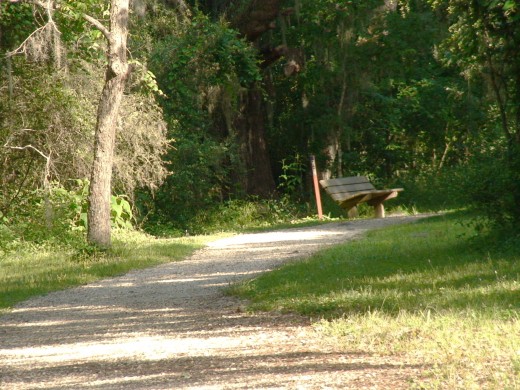
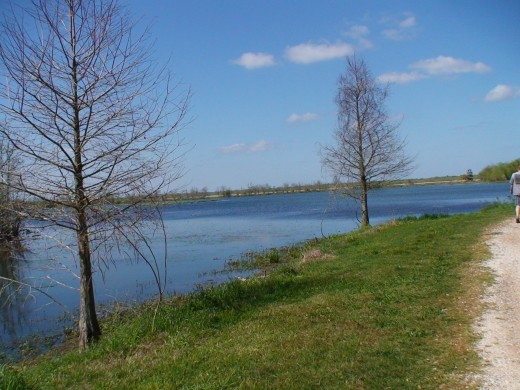
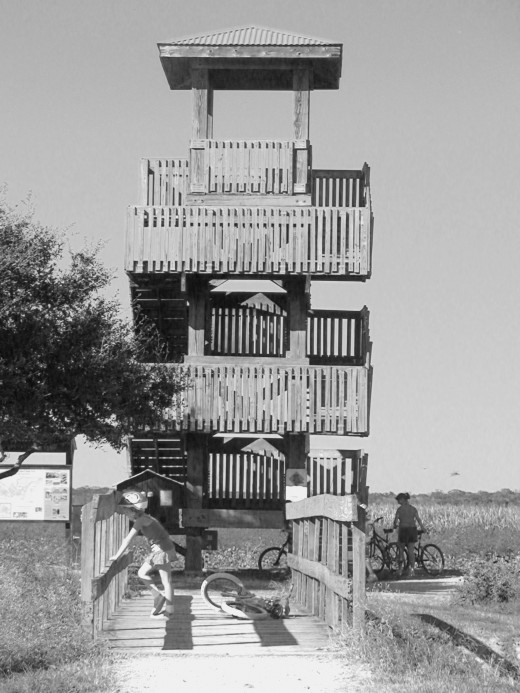
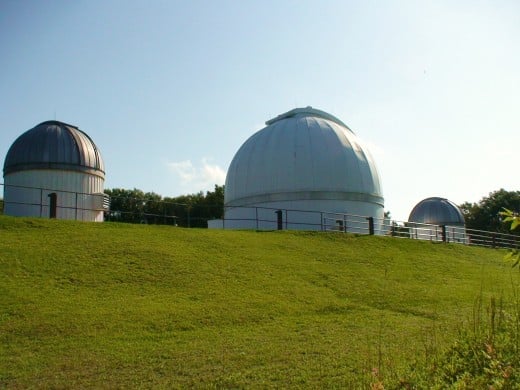
Attractions for Visitors
Besides day trips and hiking trails, the park has facilities for camping, picnicking and fishing. Call ahead for information on reserving one of the camp sites. For day trips, the park is open seven days a week, year round. Volunteers and park officials are available for guided tours for school groups and scout troops, but these tours need to be set up in advance. On Saturdays, the park naturalist offers lectures on varied topics including: animal species in the park, the park's efforts to rehabilitate injured animals, and how to spot animals or the signs of animals.
There are several lakes in Brazos Bend which provide good fishing. However, because of the alligators, no swimming or boating is allowed in the lakes. Fishing is allowed from the shore line or off the fishing piers. Visitors wishing to fish are advised to watch for alligators. And, if alligators decide to snack on your fish before you've had a chance to reel him in, park rangers advise that you cut the line and let the alligator have it.
Since Brazos Bend State Park is located in the darkest par of southeast Texas, it is an ideal location for stargazing. The trees help block out some of the sky glow from Houston and its surrounding suburbs, making it easier to view more stars. The George Observatory, in the darkest part of the park, was opened to the public in October of 1989. It features three domed telescopes. The largest, a 36 inch research telescope, was purchased from Louisiana State University in g 1988. The entire site was built under the supervision of the Houston Museum of Natural Science, with matching grant money from the George Foundation. Texas Parks and Wildlife Department, which oversees Brazos Bend State Park, donated the land.
Telescope viewing is opened to the public on Saturday evenings from dusk until 11PM during the summer, and from dusk until 10PM the rest of the year. A viewing schedule is set up for the large telescope, requiring visitors to purchase tickets ahead of time. The purchase price of $5 per person includes viewing from the other two domed telescopes, which requires ticket holders have a temporary glow-in-the-dark stamp on their hand. Viewing in the 2 satellite domes is not scheduled, so visitors with the stamp on their hand can view on a first come first serve basis. Anyone with their own personal telescopes are allowed to set up their telescopes along the platform providing access to the domes. Viewing through these telescopes is free to the public. You just need to talk to the telescope's owner first.
Attached to the Observatory Center, is the Challenger Learning Center, which offers a unique field trip experience for schools and scout troops, the Challenger Learning Center provides a setting for the students and scouts to run a 2 hour space mission, with half of the group in mission control, and the other half on the space mission itself. These trips have to be arranged in advance.
Public restrooms are available for visitors complete with running water for hand washing and toilet flushing. There are restrictions for what can be flushed because the park is too far out in the middle of nowhere to allow for a sanitary sewer system. So the park makes use of a septic system
Also, visitors wishing to bring their pets along for the trip are advised to keep them on leashes. The park's alligators have been known to make a meal of small cats and dogs that roamed too close to the water's edge.
Two other attractions for visitors include Earth Day and Astronomy Day. Earth Day is celebrated every year on April 22 worldwide. Brazos Bend State Park offers Earth Day activities going on for the entire week surrounding Earth Day, which many schools take field trips to enjoy. Astronomy Day is held the second Saturday of every October with a day filled with lectures and activities in the building housing the George Observatory and the Challenger Learning Center.
What it All Means Brazos Bend State Park has become a critical resource for studying the marshlands native to the Texas coast as well as a vital location for Houstonians, Texans, and people worldwide to view animals in their natural habitat. Public access to Brazos Band State Park has greatly increased awareness of the loss of wetlands and the impact on natural habitats, local wildlife and migratory birds. Some of the coastal marshes have been restored and endangered species are increasing in numbers. It also offers a number of opportunities for academic and environmental research that would not have otherwise been available. Some of the local universities have studies going throughout the park, with some renting time on the observatory telescopes for astronomical studies. Texas Parks and Wildlife understood from the beginning that using these natural settings would involve some degree of human impact on the environment. On the negative side, having the park open to the public encourages close contact between humans and animals with the danger of harm to both. Human food has increased the population of the animals. In the case of alligators, increased contact may lower their resistance to searching for food in the areas where people live and camp (as witnessed through higher incidence of alligator attacks in Florida[i]), and may increase their aggressiveness if said food is not found easily or offered up freely. So far, Brazos Bend State park has been lucky. Visitors have heeded warnings about giving alligators their space, and so, no alligator attacks have occurred. In the case of white-tailed deer, there are fewer natural predators since the park is a protected area (protected from hunters). Additionally, they receive deer corn from well-meaning humans, making them healthier and dramatically increasing their numbers. It makes an annual hunt necessary to keep their numbers in check.If you enjoy stargazing, communing with Mother Nature on a day trip or a camping trip, or major league photo-opps, then pack up your ice chest, bikes camping gear, telescopes and binoculars, or whatever makes you happy, and come visit the critters at Brazos Bend State Park.
Names and Address:
1) Brazos Bend State Park (979) 553-5102
21901 FM 762
Needeville, TX 77461
Website: http://www.tpwd.state.tx.us/spdest/findadest/parks/brazos_bend/
2) Challenger Learning Center Information/Tickets: 713.639.4629
21901 FM 762
Needeville, TX 77461
Website: http://www.hmns.org/index.php?option=com_content&view=article&id=113&Itemid=118
3) George Observatory Information/Tickets: 713.639.4629
21901 FM 762
Needeville, TX 77461
Website: http://www.hmns.org/index.php?option=com_content&view=article&id=108&Itemid=116
4) Houston Museum of (713) 639-4618
Natural Science
One Hermann Circle Drive
Houston, TX 77030-1799
Website: http://www.hmns.org/




